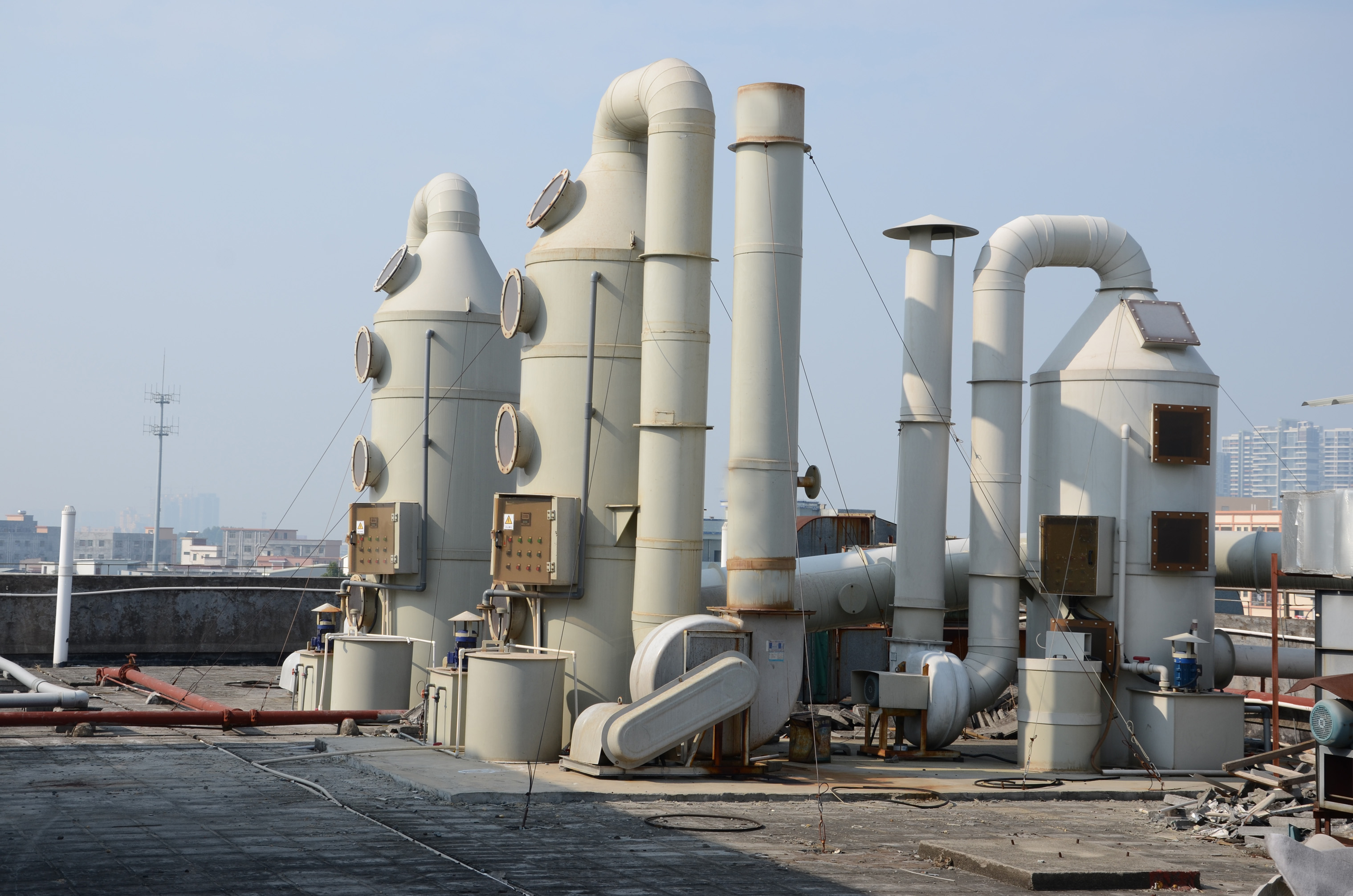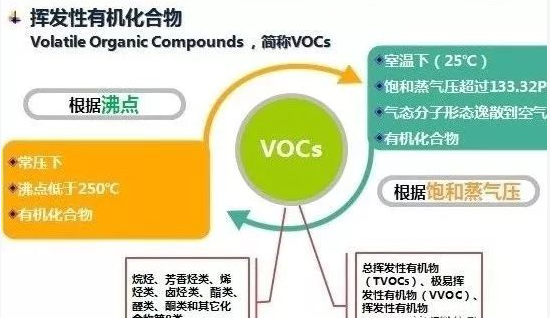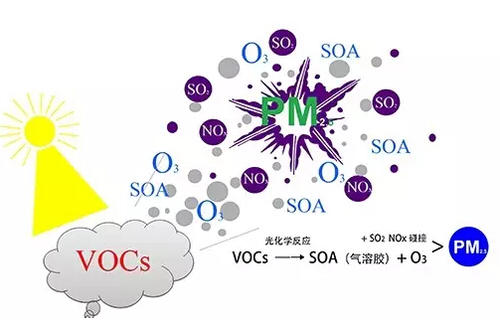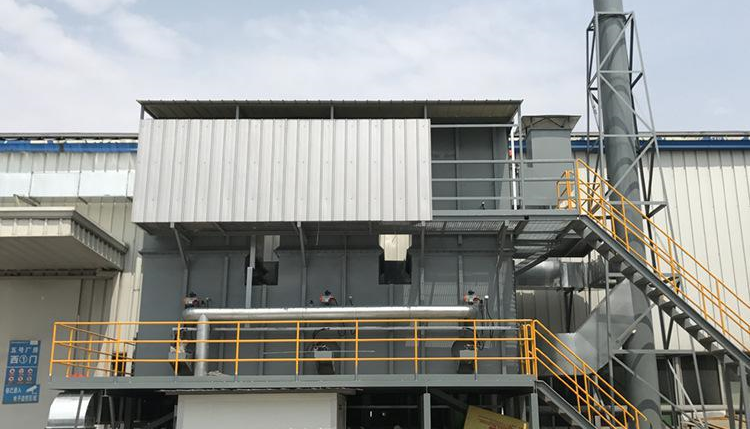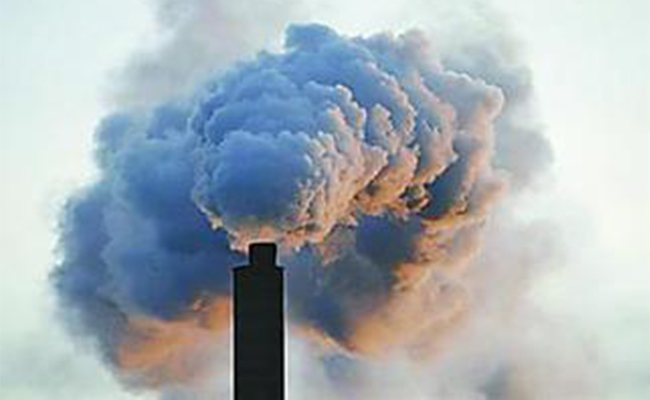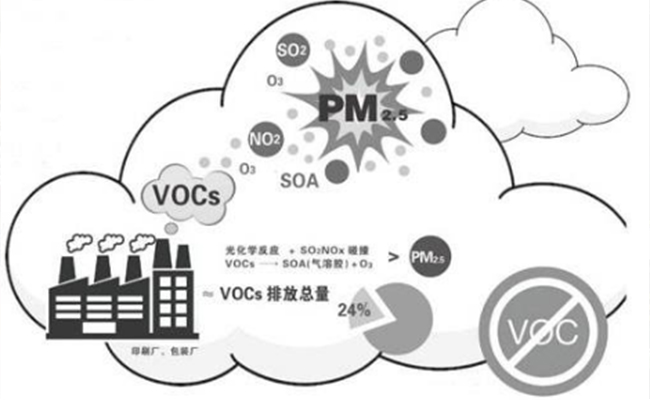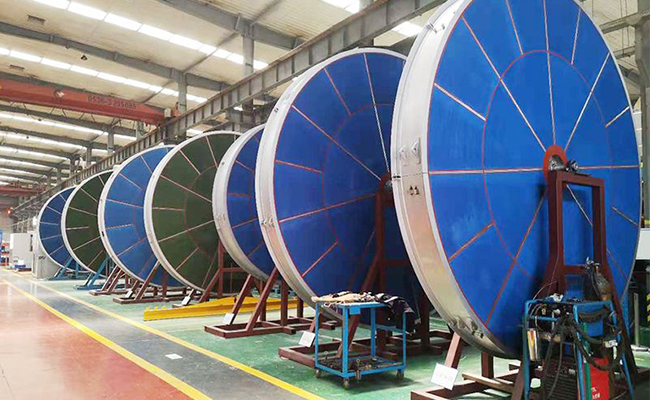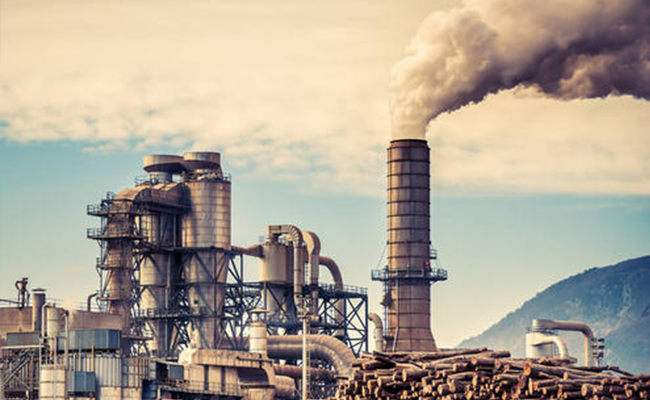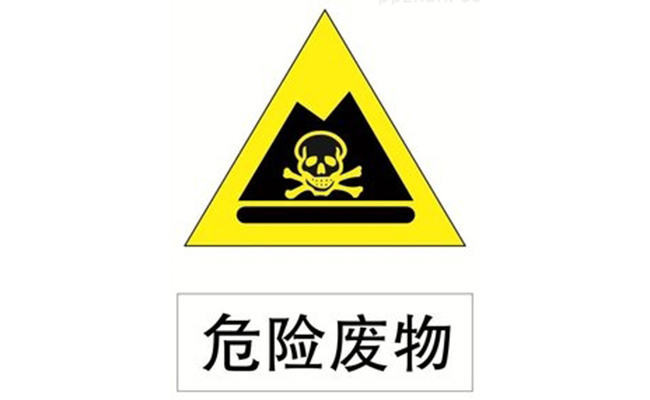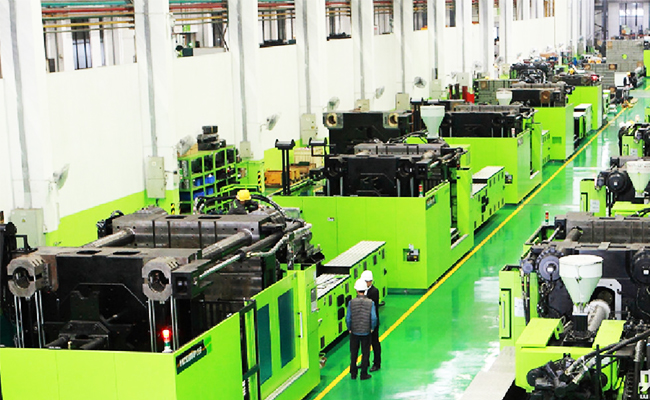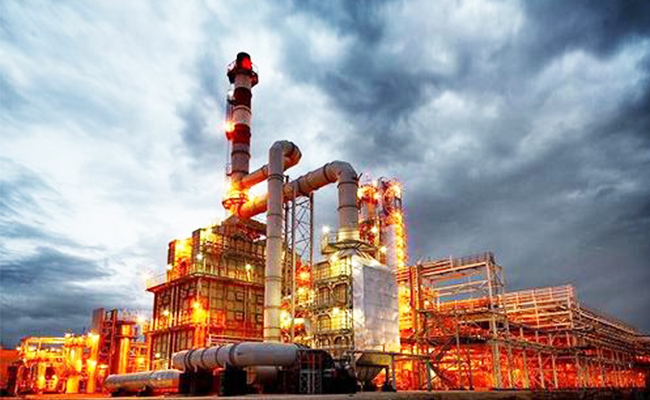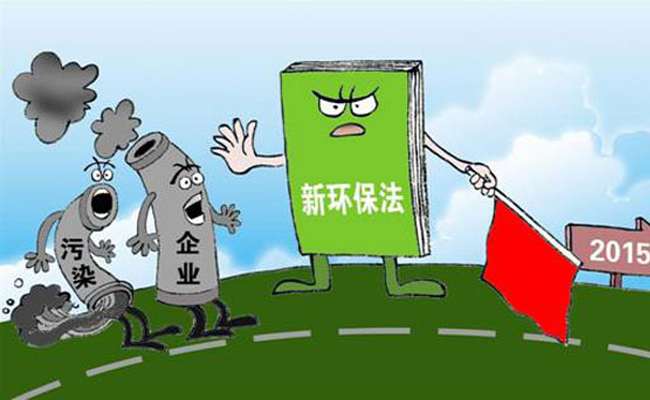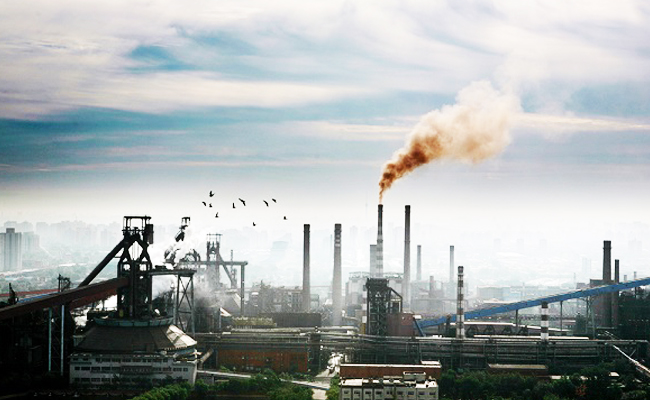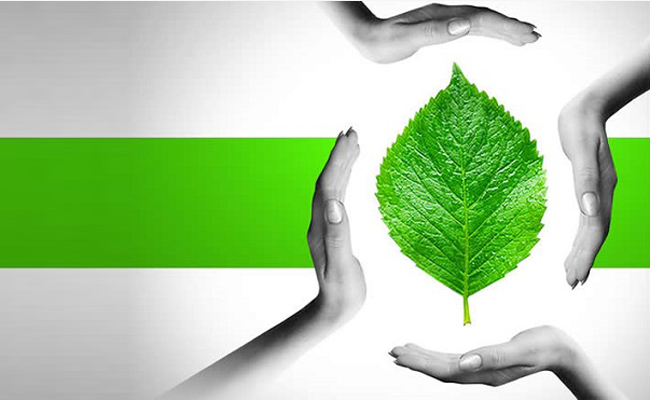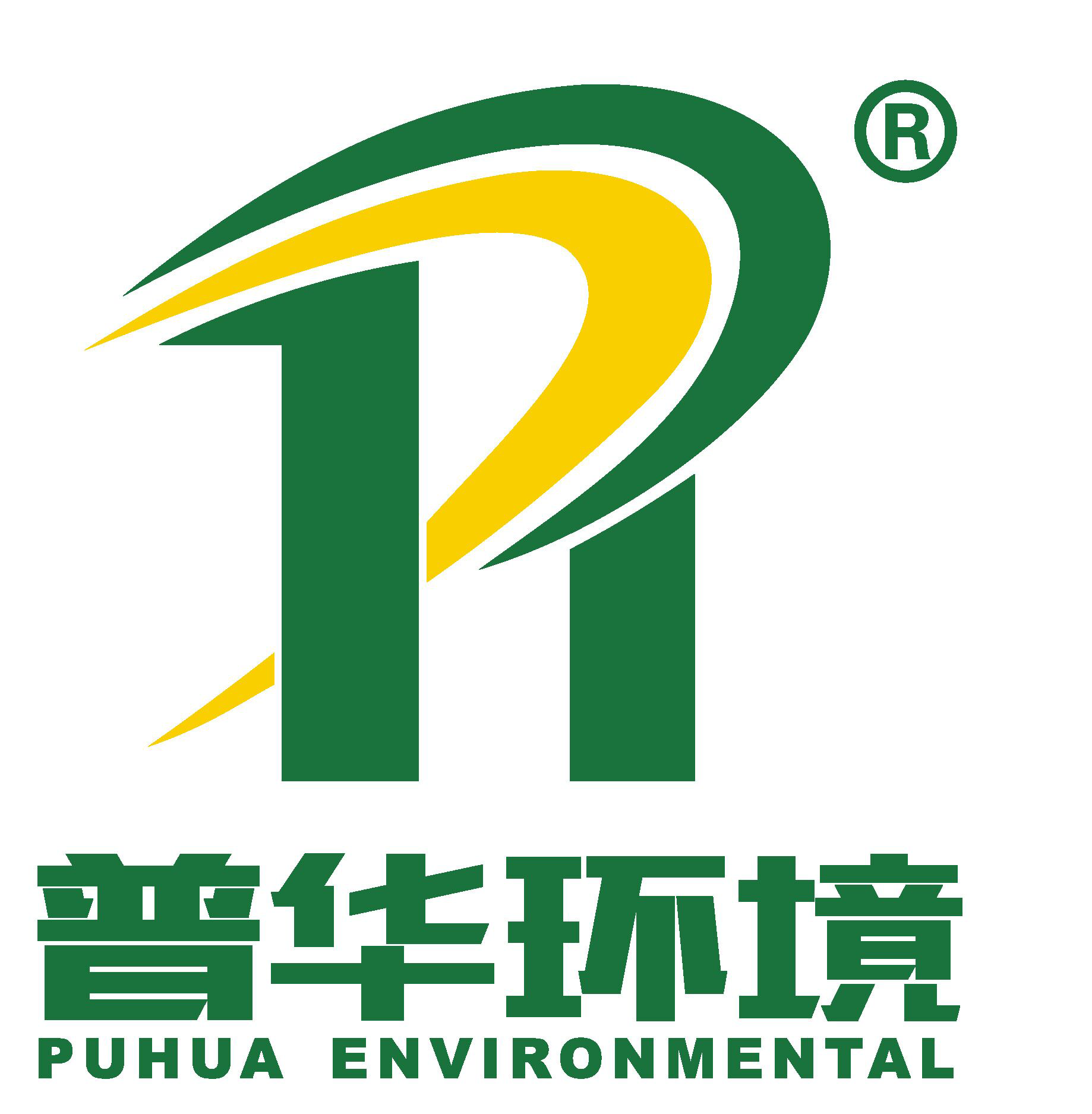
-
Factory Environmental Governance Comprehensive Solution Provider
-
Focus on R & D and manufacturing of VOCs exhaust gas treatment equipment

Focus on R & D and manufacturing of VOCs exhaust gas treatment equipment
Plasticizers are ubiquitous in our lives. In addition to the main plastic products, they are used in electronics, food packaging, cosmetics, inks, detergents, coatings, adhesives, dyes, automobile manufacturing, polymer chemical materials, and rubber. There are applications, such as plastic bags, plastic toys, PVC plastic wrap, perfumes, nail polish, pearl milk tea, instant noodles, etc. that we come in contact with . However, according to research, phthalate plasticizers inevitably migrate to the surface of products and release to the environment under the application environment. They are female environmental hormones, which can cause hormone imbalance, decreased immunity, precocious puberty in children, cardiovascular disease, liver And urinary diseases.
As ortho-benzene plasticizers are severely harmful to the human body, starting from the 1990s , the European Union, the United States, Japan, South Korea, Canada, Argentina, Denmark, Malaysia and other countries have successively introduced relevant laws and regulations to regulate their use in food plastic products. And children's toys use strict restrictions. EU REACH regulations list six phthalate substances DEHP , DBP , BBP , DINP , DIDP , DNOP for restrictions. The first three types of DEHP , DBP , BBP must not be used in children's toys and supplies. Each content shall not exceed0.1% . The last three DINP , DIDP , DNOP must not be used in children's toys and children's articles that can be imported, and each content must not exceed 0.1% .
Our environmental regulations plasticizer started late, but with the recent domestic events frequently involve plasticizers, such as 2011 Nian 5 Yue Taiwan plasticizer event, 2011 Nian 6 Yue plasticizer event of amoxicillin , 2012 Nian alcoholic liquor plasticizer poisoning cases and so on, our plasticizer statute of limitations gradually improve, step by step with international practice.
The following statistics are made on the changes in environmental regulations at home and abroad in 2016-2018 :

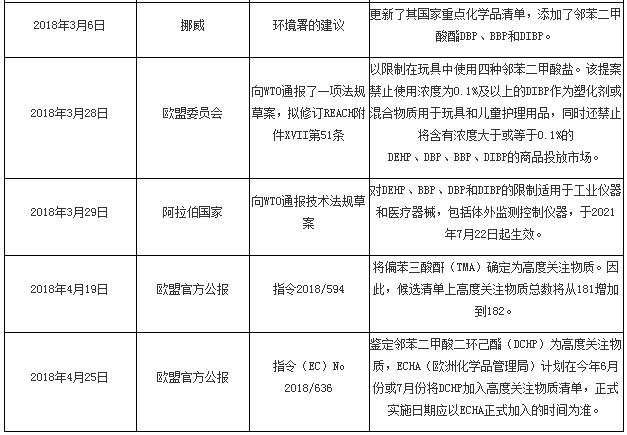
Therefore, the development of China's plasticizer industry in the future must be based on the principles of conservation, green, low-carbon, environmental protection and safety, continuously adjust the industrial structure, vigorously promote technological innovation, and develop high performance, low consumption, non-toxic, environmentally friendly, Degraded products to replace phthalate plasticizers, which currently account for the largest market share in the plasticizer market.
